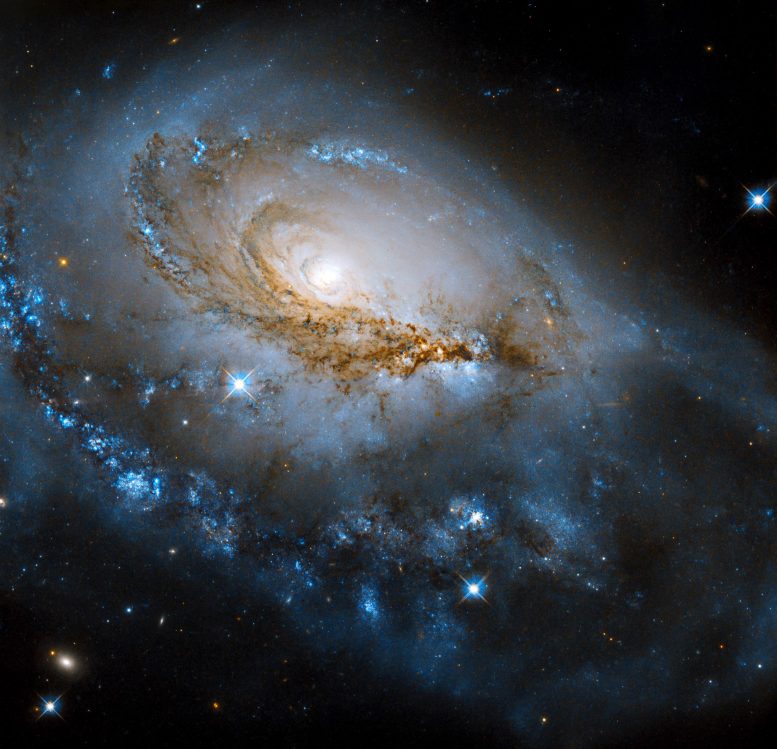
Hubble Space Telescope image of galaxy NGC 1961, which is located about 180 million light-years away, in the constellation Camelopardalis. Credit: NASA, ESA, J. Dalcanton (University of Washington), R. Foley (University of California – Santa Cruz); Image processing: G. Kober (NASA Goddard/Catholic University of America)
In this stunning newly released image from NASA’s Hubble Space Telescope, the galaxy NGC 1961 unfurls its gorgeous spiral arms. Glittering, blue regions of brilliant young stars dot the dusty spiral arms winding around the galaxy’s glowing center.
NGC 1961 is classified as an intermediate spiral and an AGN, or active galactic nuclei, type of galaxy. Because they lack a clearly defined bar of stars at their cores, intermediate spiral galaxies fall between “barred” and “unbarred” spiral galaxies. AGN galaxies have very bright centers that frequently far outshine the rest of the galaxy at certain wavelengths of light. These galaxies are believed to have supermassive black holes at their center churning out bright jets and winds that shape their evolution. NGC 1961 is a fairly common type of AGN that emits low-energy-charged particles.
The data used to create this image came from two proposals. One studied previously unobserved Arp galaxies (a catalog of unusual galaxies called the Atlas of Peculiar Galaxies), while the other looked at the progenitors and explosions of a variety of supernovae.
Located about 180 million light-years away, NGC 1961 resides in the constellation Camelopardalis, a large but faint constellation of the northern sky representing a giraffe.


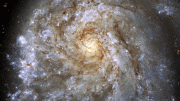
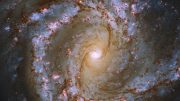
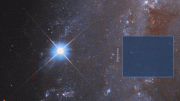

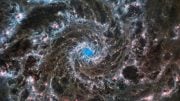
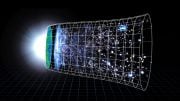
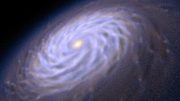
Be the first to comment on "Hubble Captures a Spectacular Spiral Dotted With Bright Young Stars"